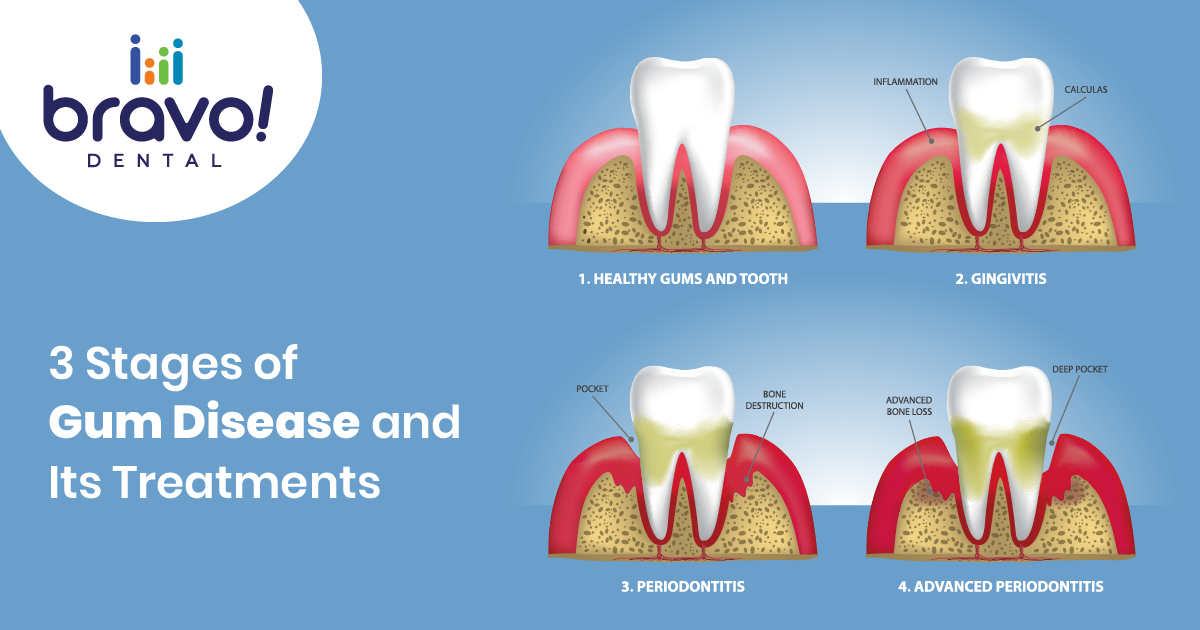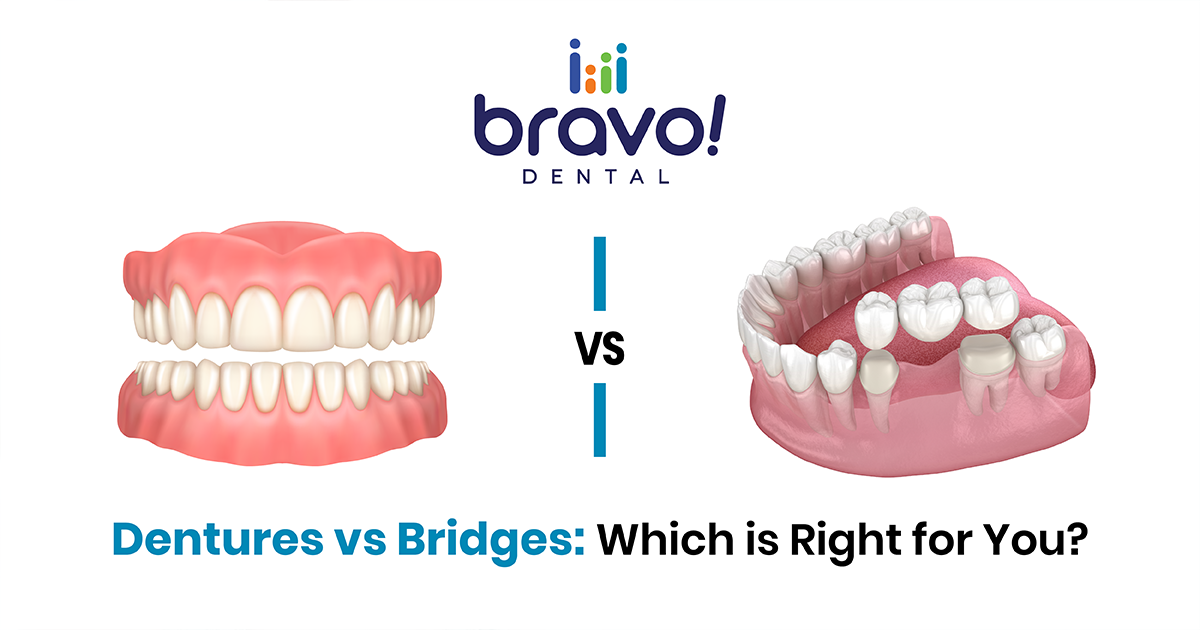
Gum up your knowledge on the sneakiest oral ailment – Gum Disease! It may start small, but left untreated, it can lead to bigger problems than just bleeding gums.
Gum disease is caused by the persistent infections of bacteria found in dental plaque. Plaque that isn’t removed daily by brushing and flossing develops into tartar which can lead to several gum problems.
Causes
Poor oral hygiene is the major cause of gum disease. However, other factors can hasten the progression of this condition, including:
- Stress.
- High sugary diet.
- Regular tobacco and alcohol use.
- Hormone fluctuations.
- Cancer and diabetes mellitus.
- Breathing via the mouth dries up oral tissues.
Symptoms
How can you tell if you have gum disease, especially because the early stages are generally painless? Keep an eye out for the following symptoms:
- Gums that bleed when you brush and floss.
- Inflated, red or sensitive gums.
- Bad breath or a terrible taste in the mouth.
- Sensitivity to hot/cold temperatures.
- Loose-feeling teeth.
- Altered bite pattern.
- Chewing discomfort.
All of these symptoms indicate that you are suffering from gum disease.
Stages
1. Gingivitis: During this stage, you may notice gum inflammation, swelling, redness, and bleeding, when brushing and flossing. The good news is that it can be reversed because gum disease has not yet affected the supporting bone and connective tissue.
2. Periodontitis: This intermediate stage kills supporting bone and connective tissues. Gum pockets will form beneath the gum line, necessitating periodontal treatment such as scaling and root planing.
3. Advanced Periodontitis: If you overlook and ignore stage two, you will most likely be at this terminal stage of the illness. The connective tissue and bone substance will now be gone affecting your bite, speech, and chewing skills. Without periodontal care, the teeth will most likely need to be extracted.
Treatments
There’s no need to panic if the symptoms on the list above sound all too familiar. There are many treatments to protect your gums:
Nonsurgical treatments
If periodontitis is not progressed, therapy may include less invasive procedures such as:
Scaling: Scaling removes tartar and bacteria from the surfaces of your teeth and beneath your gums.
Root planing: Root planing smoothens the root surfaces and removes bacteria that cause inflammation.
Antibiotics: Antibiotic mouth rinses or gels can be used following extensive oral cleaning.
Surgical treatments
If you have advanced periodontitis, you may need to have dental surgery, such as:
Flap surgery: Your periodontist will make microscopic incisions in your gums to pull back a portion of gum tissue for scaling and planing.
Soft tissue grafting: A tiny quantity of tissue from the roof of your mouth around the infected area will be removed, and new tissues will be reinforced.
Bone grafting: A graft will be made from small fragments of your own bone or a synthetic bone and be replaced in your mouth. It also serves as a platform for natural bone rebuilding.
Tissue regeneration: A biocompatible fabric will be placed inside your gums allowing bone to regrow.
By brushing, flossing, and using mouthwash each day, you can stop the infection before it even starts. However, if you are experiencing any of the above symptoms without delay, meet our experts at Bravo! Dental and protect your gums. Commit to a healthy gum this Gum Disease Awareness February to stave off gum disease!
happy to hear from you, contact us
Fill out the contact form below and Feel free to send any question or query.




